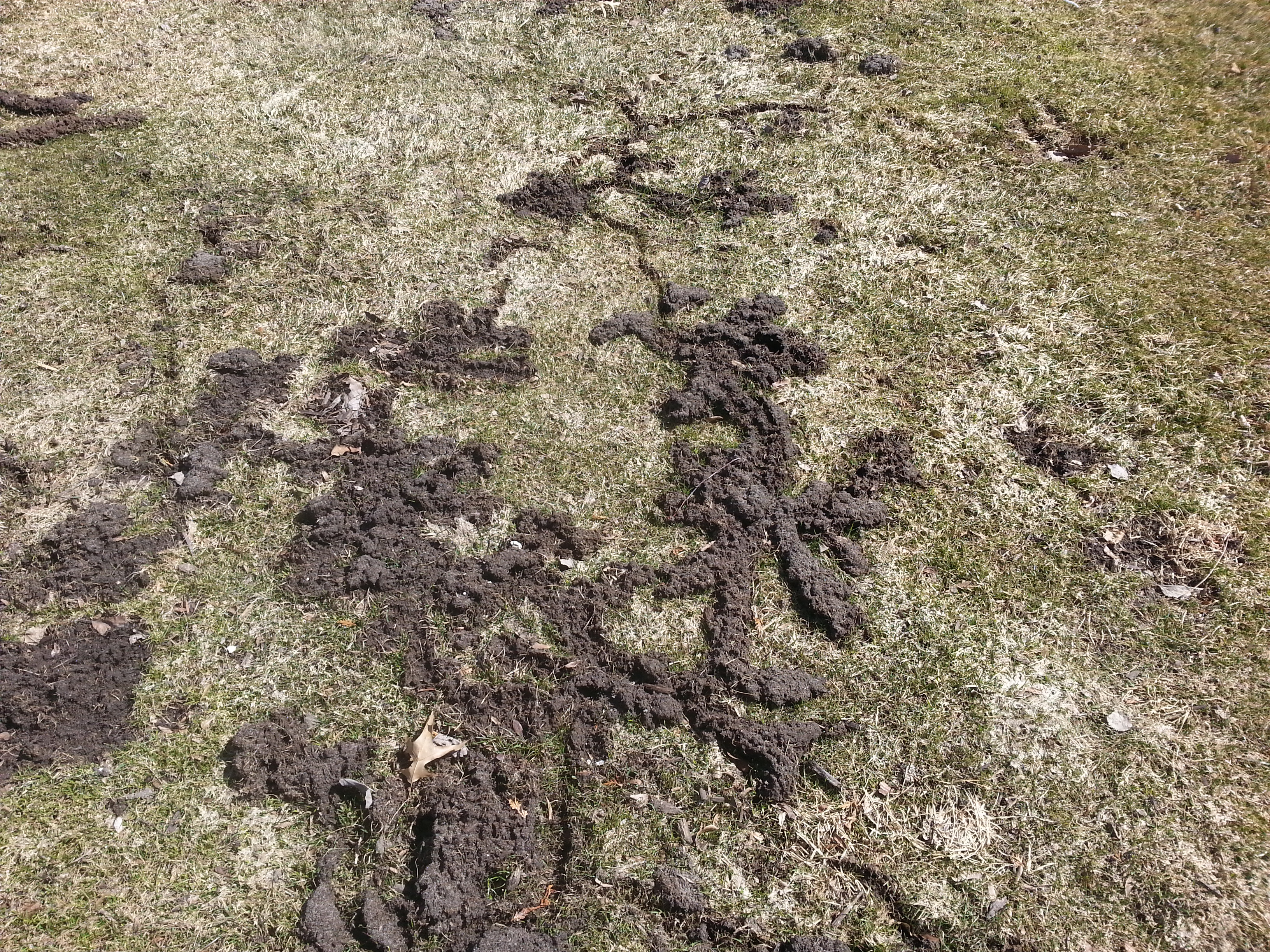Vole Grass Damage Solutions: Effective Control Techniques
Vole Grass Damage Solutions: Effective Control Techniques
Blog Article
Mastering Vole Insect Control: Thorough Insights on Problem Prevention and Therapy Techniques
By recognizing the refined indicators of vole invasion early on, we can take proactive measures to stop widespread damage. In this conversation, we will certainly check out the nuances of vole actions, dig into the recognition of invasion indicators, and reveal the most effective prevention and therapy techniques.
Comprehending Vole Actions
Analyzing the foraging patterns of voles supplies useful insights right into their habits and habitat preferences. By observing their foraging actions, researchers can gain a better understanding of where voles prefer to develop their habitats and the extent of their ecological impact.
Research study suggests that voles display discerning feeding habits, choosing seeds, roots, and origins. This dietary preference influences their foraging patterns, leading them to areas abundant in plants and ground cover. In addition, voles are recognized to develop elaborate tunnel systems for foraging and nesting purposes, indicating a high level of adaptability to their surroundings.
Comprehending vole habits is necessary for carrying out targeted insect control procedures that disrupt their habitat choices and foraging tasks (vole yard damage). By examining their behavior, experts can create a lot more efficient avoidance and therapy techniques to manage vole problems

Identifying Indications of Vole Infestation
Vole problems can be discovered by recognizing details signs of their presence in a location. One of the most common indicators of a vole problem is the existence of surface paths.
Another crucial indication of vole infestation is the existence of tiny burrow openings in the ground. Additionally, voles are known to leave behind chewed plant stems, origins, and light bulbs near their burrow openings, indicating their feeding activity in the location.
Finding these droppings along runways or near burrow openings can verify a vole problem. By being vigilant for these indications, residential property proprietors can promptly attend to vole infestations and avoid additional damage.
Executing Positive Prevention Procedures

Additionally, utilizing all-natural vole deterrents like castor oil-based repellents or predator pee can work as effective safety nets. It is also a good idea to frequently evaluate outdoor areas for any type of signs of vole activity, such as paths or tunnel openings, to deal with prospective invasions promptly. vole yard damage. By adopting these positive prevention strategies, residential property proprietors can dramatically reduce the possibility of vole damages and maintain the health and appearances of their landscapes
Effective Treatment Methods
Including targeted capturing methods and utilizing approved rodenticides are vital elements of reliable therapy approaches for taking care of vole problems. Capturing can be an efficient way to reduce vole populations, especially when placed strategically in their active runways. Break catches and live catches can both be reliable, with the last enabling the capture and moving of voles. When making use of rodenticides, it is critical to adhere to safety and security standards to avoid injury to non-target pets and family pets. Location rodenticides in safe bait stations to minimize risks to unintended targets. In addition, environment adjustment, such as lowering ground cover and removing sources of food, can help deter voles from infesting an area. Regular surveillance and upkeep are additionally crucial facets of effective treatment techniques to ensure that vole populaces are maintained under control. By incorporating capturing, rodenticides, habitat modification, and consistent surveillance, efficient vole insect control can be accomplished.
Monitoring and Upkeep Tips
Maintaining a methodical schedule for surveillance and conducting regular maintenance activities is essential to maintain the effectiveness of vole bug control measures. Routine surveillance enables the very early detection of vole activity, making it possible for prompt treatment before invasions get worse. To efficiently monitor vole populations, purposefully placed catches can be made use of in vole runways or near burrow entries. By consistently checking these catches, home proprietors can determine the extent of vole task and readjust control strategies appropriately.
Furthermore, preserving a neat and well-kept landscape is important in vole avoidance. Clearing away debris, such as piles of wood or thick vegetation, removes prospective vole environments. On a regular basis cutting and mowing lawns plant life helps lower vole hiding areas and minimizes their accessibility to food resources.
Additionally, continuous upkeep of physical barriers, such as fences or wire mesh, is important to avoid vole intrusion. Evaluating and fixing any type of problems to these structures ensures that vole control remains efficient in safeguarding properties from invasions. By including these surveillance and maintenance methods right into a detailed vole bug control plan, individuals can successfully handle vole populaces and safeguard their homes from damages.
Conclusion
In final thought, grasping vole insect control calls for a strong understanding of vole actions, the ability to recognize indicators of infestation, implementing positive avoidance procedures, efficient treatment methods, and consistent tracking and maintenance. By taking an extensive technique to vole control, people can successfully manage and stop problems, eventually protecting their residential property and bordering atmosphere from damage triggered by these small rats.
In this discussion, we will explore the nuances of vole habits, dive into the identification of invasion signs, and uncover the most reliable prevention and therapy approaches.Integrating targeted trapping techniques and utilizing authorized rodenticides are necessary elements of efficient therapy strategies for taking care of vole problems. To successfully keep an eye on vole populations, strategically put catches can be made use of in vole paths or near burrow entryways. Checking and repairing any kind of damages to these frameworks makes sure that vole control stays efficient in protecting residential properties from invasions. By integrating these monitoring and upkeep techniques into a comprehensive vole pest control strategy, people can vole yard damage efficiently manage vole populaces and safeguard their residential or commercial properties from damage.
Report this page